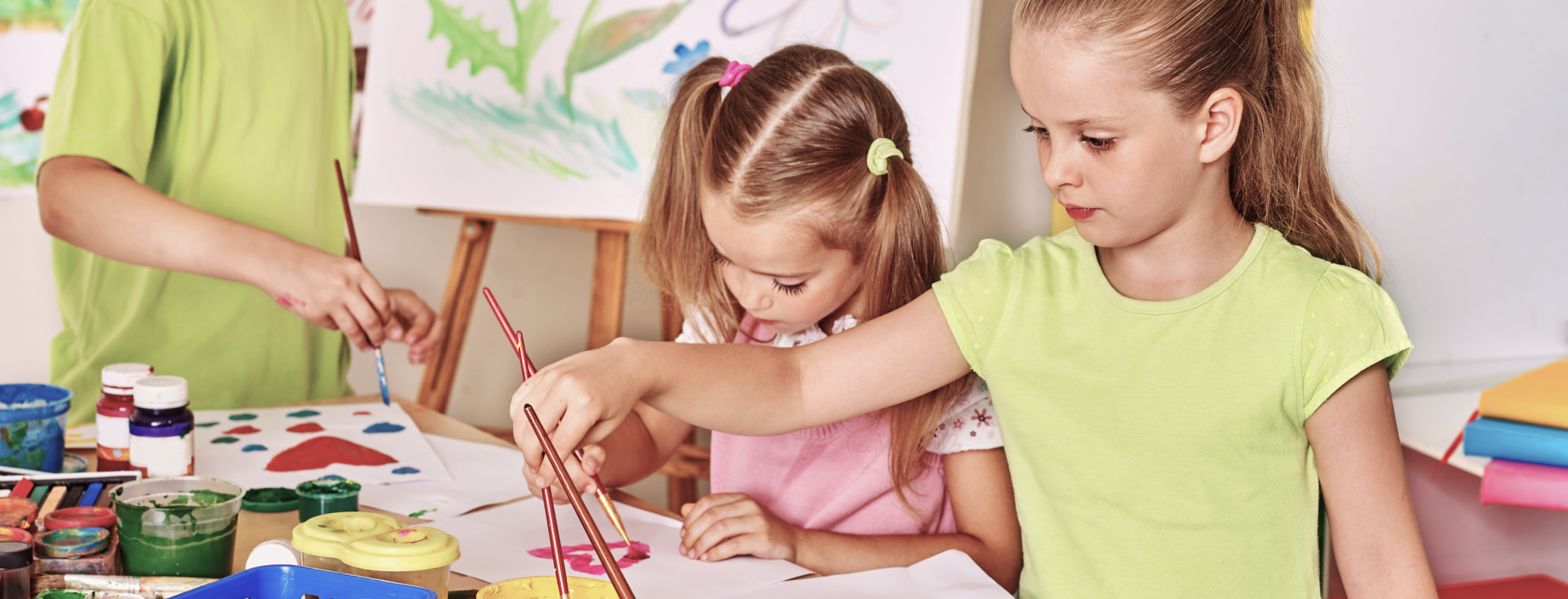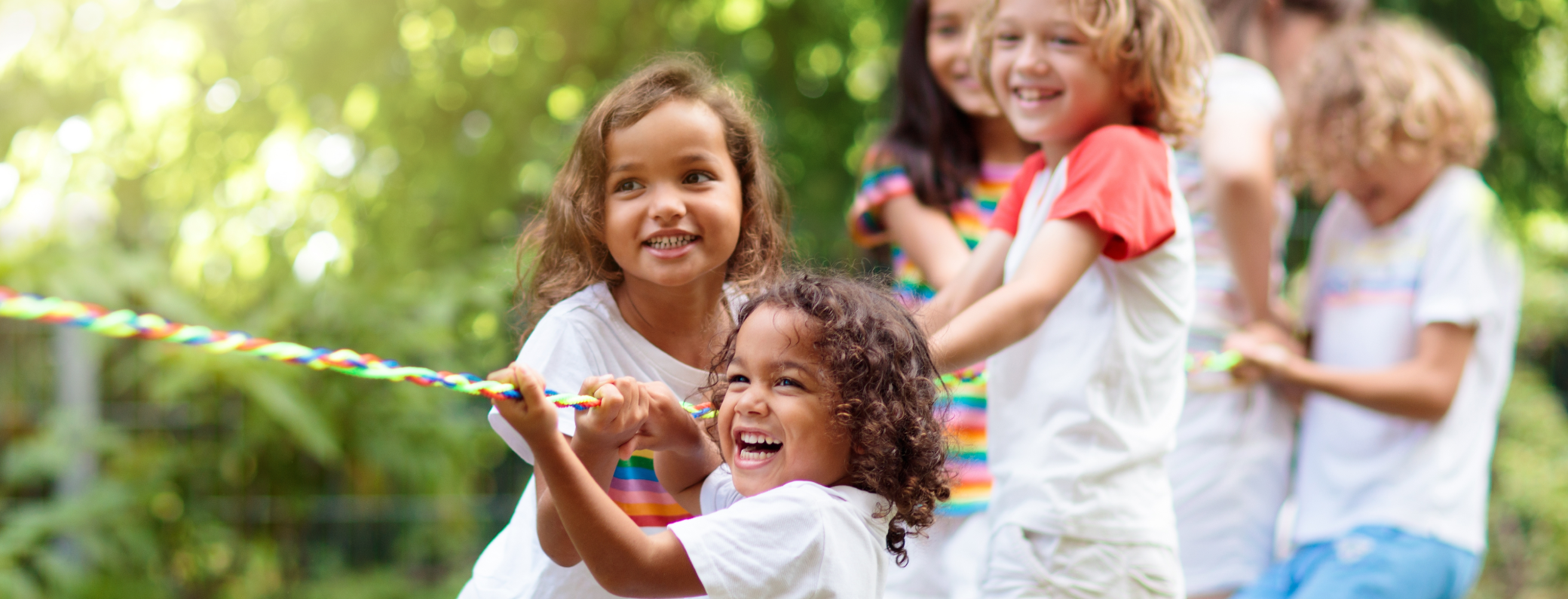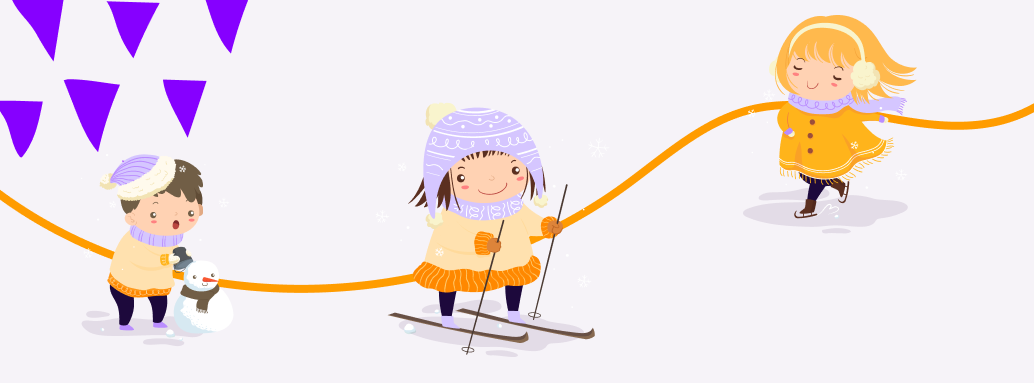Paint-covered fingers. A collage of cotton balls and glitter. A preschooler deeply focused on smudging crayon marks across a paper. These are not just cute moments, they are vital developmental milestones that we see daily inside early years classrooms.
Art activities in early childhood settings are powerful tools for expression, creativity, and connection. But they are also frequently misunderstood. When adults impose outcomes or push for picture-perfect crafts, they often miss the magic: the process.
This article explores why art matters in early years, how educators and families can adjust their expectations, and how to create environments where child-led, open-ended creativity can truly flourish.
The Purpose of Art in Early Childhood
Expression Over Product Preschoolers use art to express thoughts and emotions they may not yet have the language for. A swirl of red paint might represent anger; a stick figure might be their family. The process is the point, not the end result.
Cognitive and Motor Development Art supports:
- Fine motor skills (cutting, painting, gluing)
- Early math (patterns, symmetry, shapes)
- Scientific thinking (mixing colors, testing materials)
Emotional and Social Growth Art can be soothing, empowering, and social. It provides space for decision-making, confidence, collaboration, and storytelling.
Shifting the Adult Perspective: From Product to Process
Let Go of the Finished Product One of the biggest shifts adults can make is valuing the child’s process over the aesthetic of the final piece. Ask: Did the child engage deeply? Make choices? Show joy or curiosity?
Watch Your Language Instead of “That’s beautiful,” try:
- “Tell me about your artwork.”
- “I noticed you used a lot of green.”
- “You really focused while painting that corner.” This approach emphasizes effort, intention, and exploration.
Avoid Adult Templates Pre-cut shapes or step-by-step crafts can stifle creativity. Provide loose materials and let children interpret them in their own way.
What Makes an Art Activity Open-Ended?
- It has no right or wrong outcome. Children can start and finish it on their own terms.
- It invites exploration. Children are encouraged to mix, combine, or test materials.
- It supports autonomy. Children make decisions about what, how, and when to create.
Open-Ended, Sensory-Rich Art Ideas for Preschoolers These activities focus on freedom, expression, and sensory experience:
- Flyswatter Painting: Use flyswatters and liquid paint on large paper outdoors. Great for gross motor development.
- Nature Collages: Children collect natural items (leaves, sticks, flowers) to glue on cardboard.
- Clay Play: Offer air-dry clay or homemade playdough with natural tools (sticks, shells, stones).
- Watercolor and Salt: Sprinkle salt on wet watercolor paintings for a textural, visual surprise.
- Color Mixing Trays: Provide primary colors in jars with pipettes and see what happens.
- String Painting: Dip string in paint and drag, drop, or swing it on paper. Every one of these activities allows children to lead, discover, and tell their own stories.
Creating a Child-Led Art Environment
Material Accessibility Set up art areas with easy access to:
- Markers, crayons, chalk, scissors
- Paper, cardboard, fabric scraps
- Glue, paint, brushes, rollers
- Loose parts (buttons, yarn, sticks)
Freedom and Flexibility Allow time and space for spontaneous art. Let children revisit projects across several days. Make room for mess and transformation.
Display Thoughtfully Showcase children's work at eye level. Let them choose what to display. Respect all creations equally, even the chaotic scribble.
Supporting Different Needs and Learning Styles
Some children may:
- Avoid messy textures (offer gloves or dry mediums)
- Need more time to warm up (observe and gently invite)
- Be very active (try large-scale vertical art or outdoor easels) Create invitations, not demands. Follow their lead.
Links to Early Learning Frameworks
Across Canada, early years frameworks highlight creativity, expression, and exploration as foundational elements of learning. In Ontario, "How Does Learning Happen?" places art at the heart of engagement, expression, and well-being. Alberta’s "Flight" framework encourages play and artistic expression as pathways to identity, participation, and citizenship. British Columbia's framework emphasizes the arts as a language for communication, critical thinking, and imagination.
Open-ended art supports these foundations by encouraging autonomy, storytelling, risk-taking, and reflection. By linking art to pedagogical goals, educators can feel confident that child-led creativity is not only developmentally appropriate, but also curriculum aligned.
Art and Emergent Curriculum
Art does not exist in isolation. It can become a central part of emergent curriculum by extending children’s inquiries. A scribble of circles may lead to a group project on snails. A fascination with red might spark a color investigation.
Educators can document these moments, revisit children’s questions, and co-construct projects that evolve organically. When art becomes a thinking tool, it opens doors to deeper learning.
The Role of the Educator: Observing, Documenting, Extending
Educators play a crucial role in facilitating meaningful art experiences without controlling them. Observe children’s actions, questions, and emotional responses. Document their process through photos, quotes, and reflections. Use that information to offer new materials, ask open-ended questions, or revisit previous work.
Scaffolding in art means standing nearby, not stepping in. A thoughtful prompt or simple gesture can help children take the next step without overshadowing their creativity.
Equity, Inclusion, and Cultural Responsiveness in Art
Art is a mirror and a window. It reflects who children are and invites them to see beyond their own experience. Educators can support this by:
- Offering diverse materials and visual references
- Incorporating cultural traditions respectfully
- Supporting multilingual expression through labels, stories, and oral storytelling
- Making space for all bodies and abilities with adapted tools and flexible spaces
Art is for every child, not just those who gravitate toward it. With the right approach, every child can feel confident and represented in creative expression.
Reflection Questions for Educators
- Do I give enough time for unstructured, child-led art?
- How do I respond to children’s art? Do my comments support the process?
- Are the materials I offer open-ended and inclusive?
- Am I using documentation to extend art into deeper learning?
- How does my classroom art practice reflect the children’s identities and interests?
Art as a Language of Childhood
In the early years, art is a language. It speaks of curiosity, emotion, and imagination. When we step back, adjust our expectations, and trust children to lead, we give them a voice.
As educators and families, let’s offer materials, time, and space. Let’s ask questions instead of giving directions. Let’s honor every scribble, splash, and sculpture as a story worth telling.
Art belongs to children. Let’s keep it that way.
Interested in seeing how Parent can support you and your centre?
Let’s talk — book a quick, no obligation, walkthrough with our team
If you found this post helpful, explore our free webinars, activity library, and newsletter for more support in your early years journey.
Billing, Invoicing Automation & Smart Finances
Communication & Engagement
Child Development & Progress
Waitlist, Forms & Attendance
Effortless Team Management
Daily Updates That Matter
Templates & Printables
Blogs
Webinars
Case Studies & Testimonials
FAQs
Help Center



